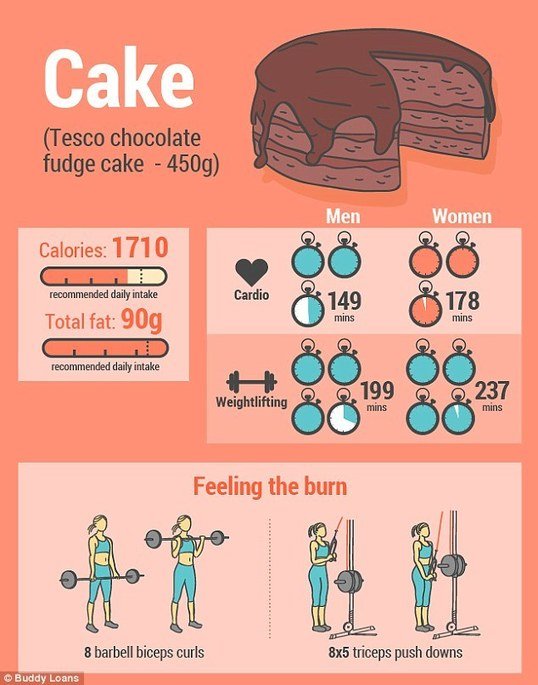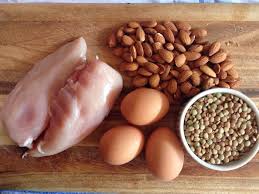A keto diet and exercises can complement each other. The energy required by your body will depend on the type of exercises you’re targeting. For example, aerobics or cardio exercises will use fats as their primary source of energy. Anaerobic, or high intensity exercises require fast acting carbs as a primary fuel source for your body. If you are switching from cardio to weightlifting and sprint the standard ketogenic diet might not be adapted for you.
You may then opt for a targeted ketogenic diet. This is a modified form of the original keto diet, in which it’s crucial to consume 15 to 30 grams of fast-acting carbs 30 minutes before and after high intensity training. In this way, your body has enough energy to prepare for and recover from vigorous exercises. Your goal is to maintain an optimum ketone level. It is recommended to use a blood ketone meter to monitor your ketone levels.
Read the full article of Go-keto here to learn how to check your ketone levels when you exercise. Go-keto is an online boutique which offers a variety of keto friendly foods and supplements that shall accompany you throughout our keto program.




